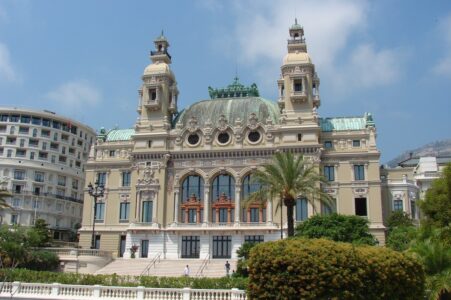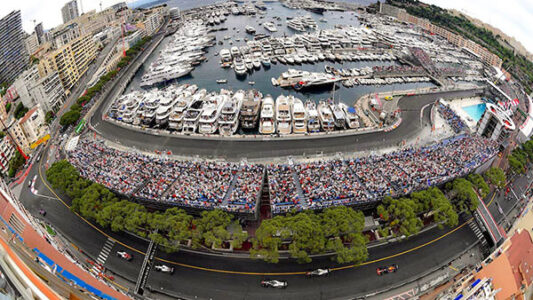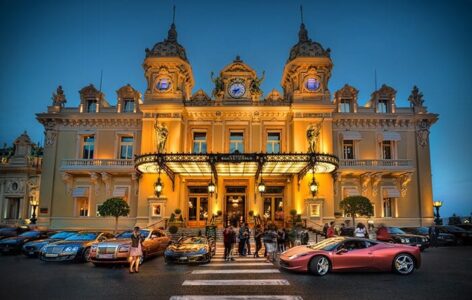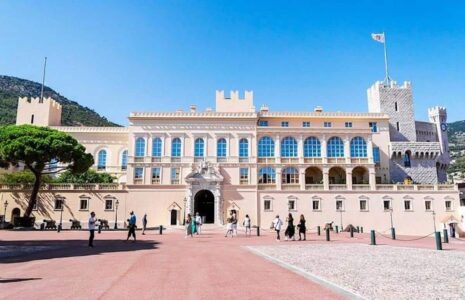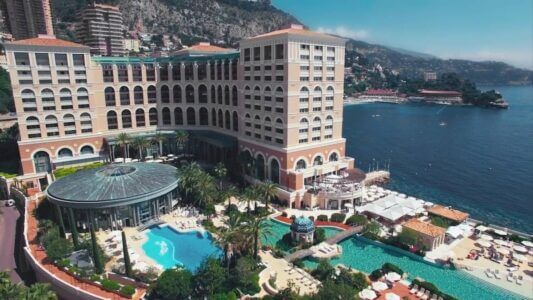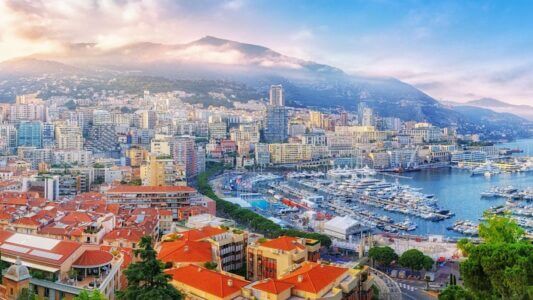Bacon, Cocteau, Botero… Who are the artists who have lived in Monaco?

Monaco has been home to renowned artists for decades. The Principality offers an environment that is conducive to creative activity, with its world-class cultural institutions and a lifestyle that attracts people looking for tranquillity.
This reputation has been forged over time. Monaco’s ambitious cultural policy began in the 19th century. The Monte-Carlo Opera hosted Diaghilev’s Ballets Russes from 1909. This revolutionary company transformed the Principality, with Nijinsky creating “L’après-midi d’un faune” and “Le sacre du Printemps.” His sister Nijinska staged Ravel’s Bolero in 1928. George Balanchine collaborated with Stravinsky on several creations. There was a succession of artistic collaborations. For “Le Train bleu,” performed in 1924, Nijinska worked with Jean Cocteau, Coco Chanel and Pablo Picasso, who created a stage curtain. These creative encounters made Monaco a unique artistic hub in Europe that soon began to attract artists.
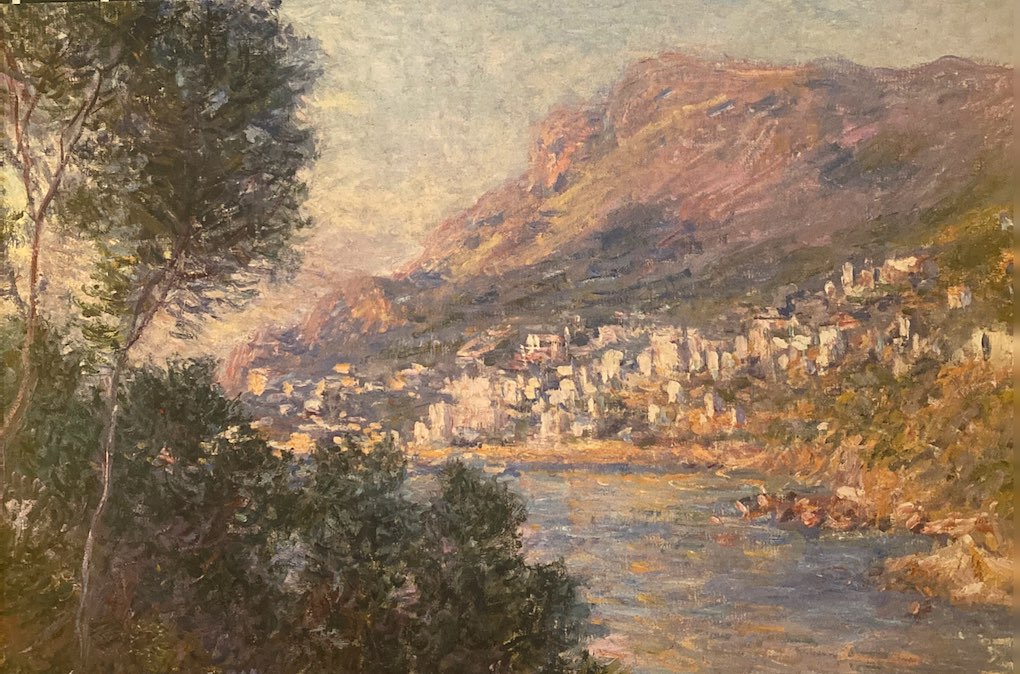
Claude Monet painted several views of the Monegasque bay, fascinated by the special quality of the light. Francis Bacon moved into the Hôtel de Ré and then the Balmoral between 1946 and 1950. The sea air soothed his chronic asthma. It was here that he created his first “Pope”, inspired by Diego Velásquez’ portrait of Pope Innocent X. He also began the exploration of the human form that was to mark his work.
Emblematic figures of the 20th century
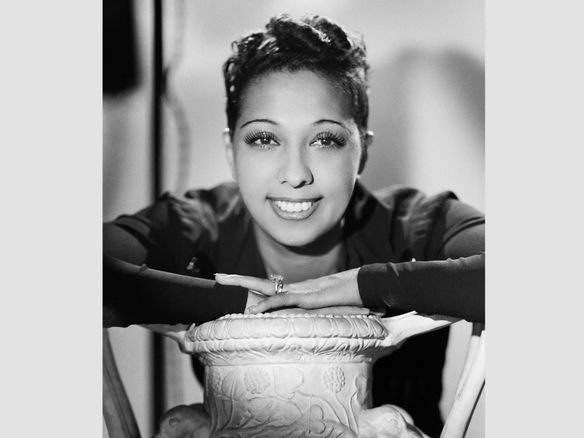
Jean Cocteau frequented Monaco from 1910. He designed posters for local ballets, and moved into the Villa Santo Sospir, near Saint-Jean-Cap-Ferrat. The artist decorated the house with his characteristic frescoes during his stays, some of which lasted several months. He attended the wedding of Prince Rainier III and Grace Kelly.
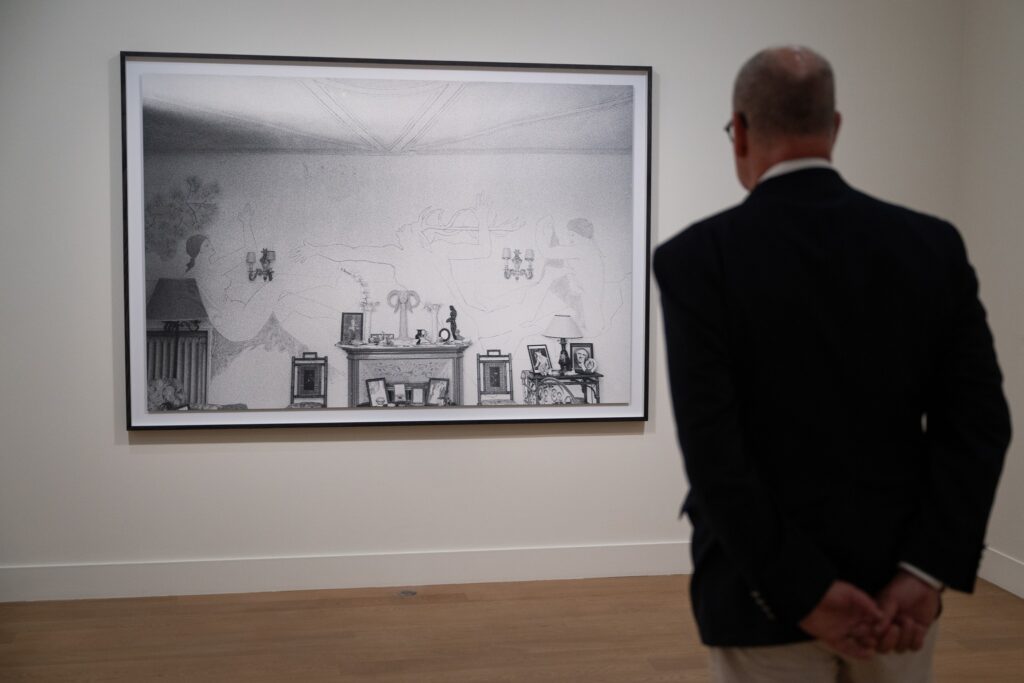
Kees Van Dongen, a Fauvism master, also frequented the Côte d’Azur and regularly exhibited his colourful canvases. His portraits of Monegasque high society bear witness to the prosperous period.
Joséphine Baker enjoyed a second career in Monaco. Financially ruined in 1969, she returned to the stage, thanks to Princess Grace, at a gala for the Monegasque Red Cross. The Princely family helped her restart her career and gave the artist and her twelve adopted children a home for life. Her triumphant return in 1975 for the inauguration of the Sporting d’Été marked a new artistic departure.
The Argentinian-Italian Leonor Fini found refuge in Monte Carlo during the Second World War. Her dreamlike portraits and “sleeping beauties” were created during this period of exile, far from the Parisian turmoil. Gabrielle “Coco” Chanel became a patron of the Ballets Russes in the 1920s. She regularly attended the Côte d’Azur’s social events and forged lasting friendships with Cocteau and Dalí.
Anthony Burgess, journalist and composer, lived for many years at 44 rue Grimaldi. He composed music and wrote several books there, including “The Powers of Darkness.” Marcel Pagnol created a play, “Jazz”, in 1926. Elected to the Académie Française in 1946, he was a member of the jury for the Prix Littéraire (Literary Prize) created by Prince Rainier III in 1951.
Continuing appeal
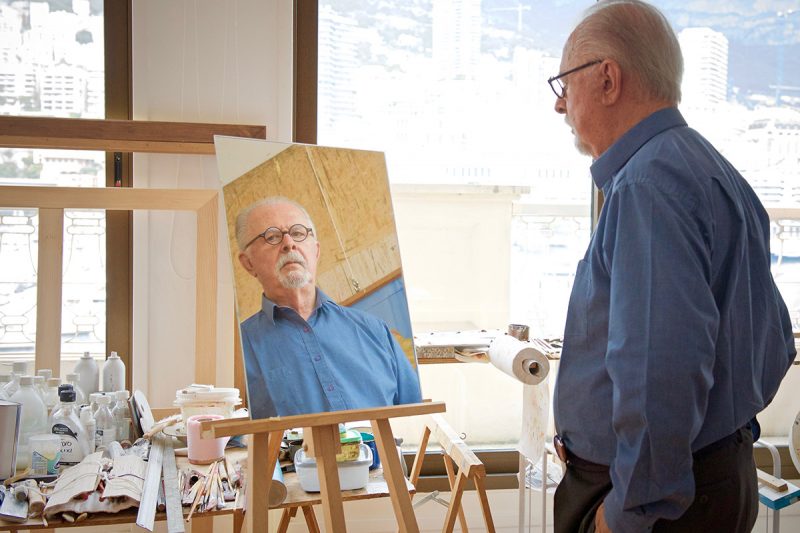
The tradition continues today. Maxim Vengerov, the world-renowned violinist, has been living in the Principality with his family for several years. Born in 1974 in Novosibirsk, he has performed with the most prestigious orchestras and won many international awards.
Ruggero Raimondi, the bass-baritone famous for his Don Giovanni in Joseph Losey’s production, became a Monegasque during the reign of Prince Albert II. Modern music is also represented. Bono finds a source of inspiration for his music in Monaco and appreciates the history of its iconic sites. Dame Shirley Bassey, the singing legend and performer of several James Bond theme songs, also lives in the Principality.
Fernando Botero had both his home and studio in the Principality. The Colombian sculptor and painter died on 15 September 2023 at his Monegasque home, aged 91. Joining the artistic council of the Fondation Prince Pierre in 1994, he became an honorary member in 2005. His works regularly featured in the galleries during Monaco Art Week.

Jean-Michel Folon also chose Monaco as his final resting place. His studio-museum, on the Quai Antoine-1er in Port Hercule, is now open to the public. This multi-faceted artist worked in watercolour, engraving, painting and sculpture.
Among the contemporary artists, painter and sculptor Belinda Bussotti currently lives in the Principality. Her female portraits are regularly exhibited from Monaco to Paris, and in Italy. Josephine Dionisotti draws her inspiration from the colourful Monegasque landscapes. Ebba Balestra di Mottola, a Swedish painter, has lived in Monaco for ten years and specialises in portraiture.
Institutions keep that artistic memory alive. The Francis Bacon MB Art Foundation, the only one of its kind in the world, houses over 2,500 items in a Belle Époque house. The Rainier III Academy of Music trains new talent. The Grimaldi Forum regularly hosts major international exhibitions. The Bartoux and Opera Galleries frequently organise retrospectives of resident artists.

